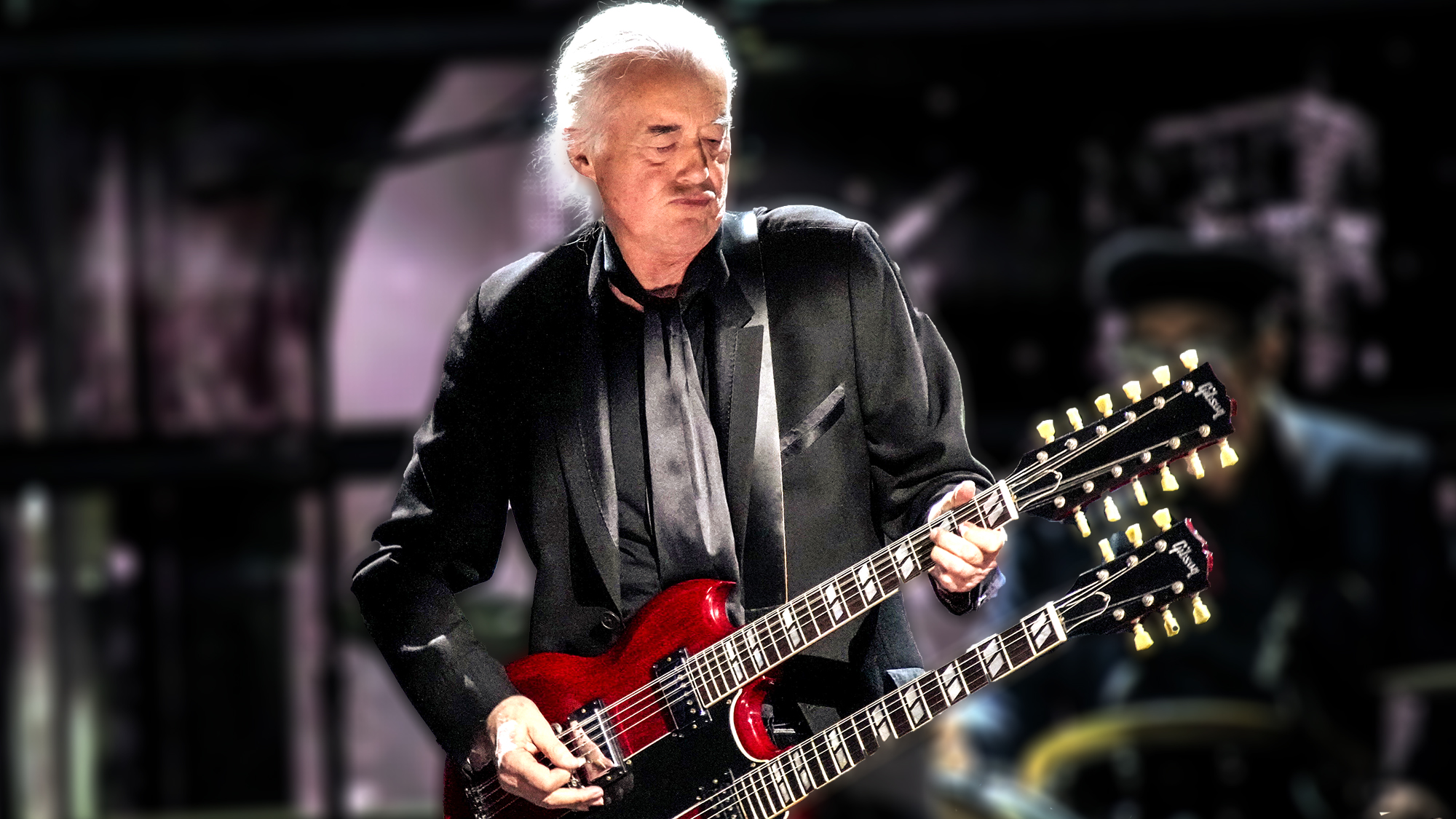Fender Revisits Their Groundbreaking Solidbody Design With the American Vintage II 1951 Telecaster
This much-welcome reissue has all the essential Blackguard ingredients
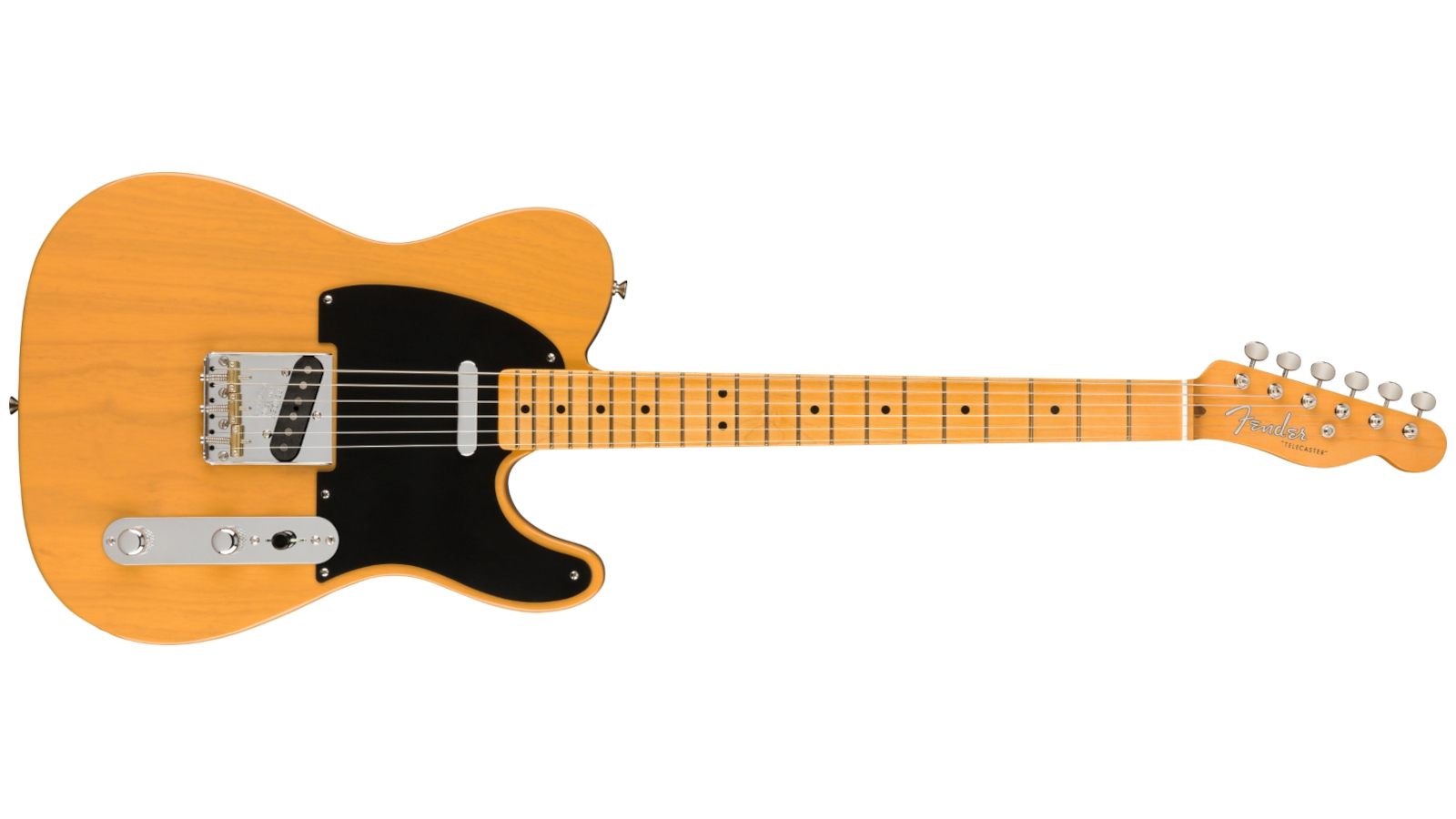
When Fender released their first Vintage reissue line of instruments some 40 years ago, the ’52 Telecaster proved an immediate success.
Signalling a return to form, the model remained a staple of the firm’s electric guitar line for many years and has since become a classic in its own right with original examples now fetching upwards of $5,000 on the vintage market.
Now, Fender has revisited their acclaimed American Vintage range with the awesome American Vintage II series.
Included among these 12 new models honoring Fender designs from the ‘50s, ‘60s and ‘70s is the 1951 Telecaster.
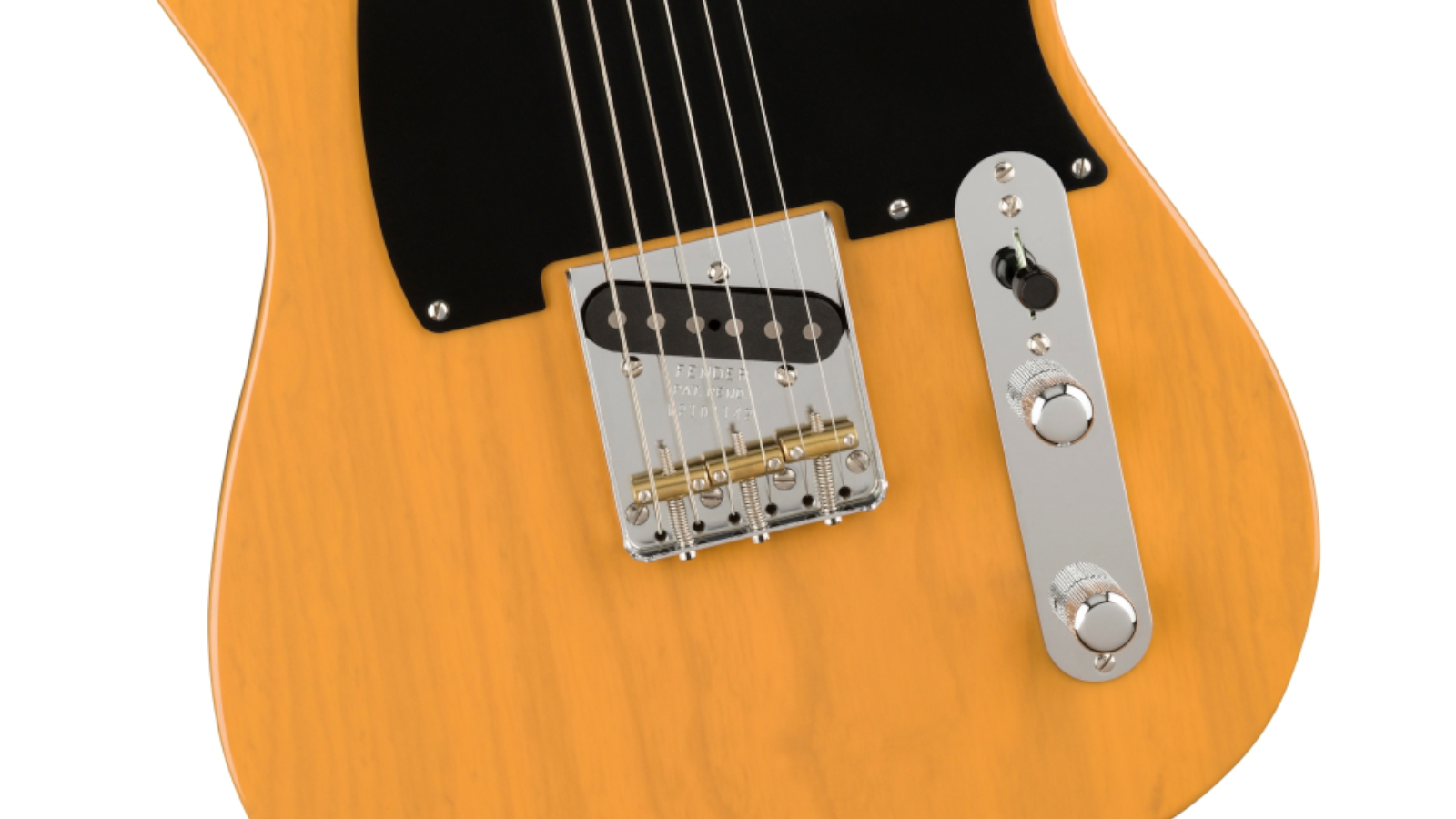
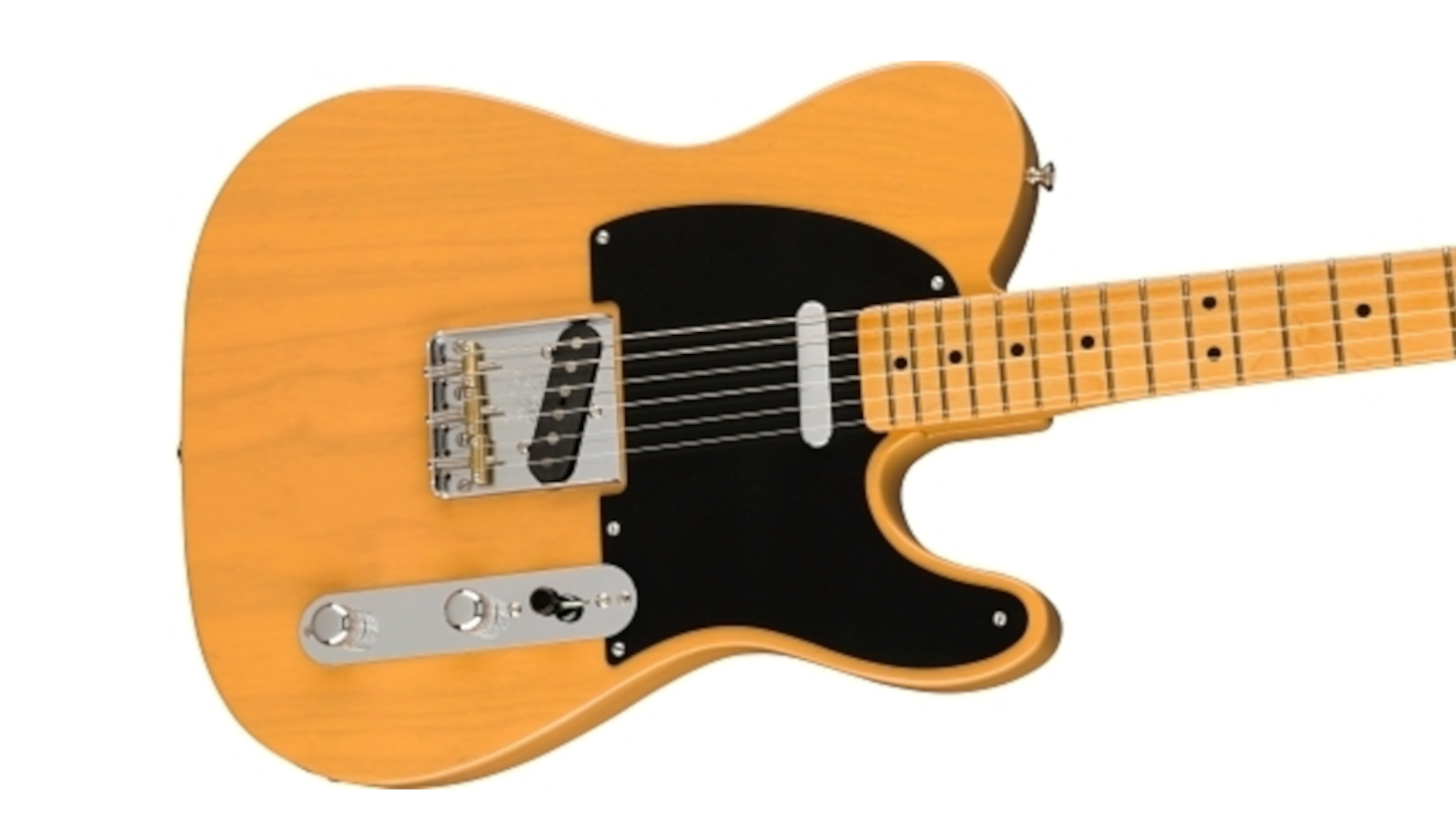
This groundbreaking design originally appeared in 1950 as the single-pickup Esquire, shortly followed by the double-pickup Broadcaster the same year.
As the famous story goes, Gretsch quickly put the kibosh on Fender's use of the Broadcaster name with a cease-and-desist letter claiming infringement of their Broadkaster trademark.
Consequently, for a short while, Fender simply snipped the offending model name off the headstock decal (these rare guitars later became known as ‘Nocasters’) before rebranding it the Telecaster in 1951.
All the latest guitar news, interviews, lessons, reviews, deals and more, direct to your inbox!
Technically speaking, therefore, 1951 is the first year of Telecaster production, and Fender’s brand-new American Vintage II 1951 Telecaster pays homage to this.
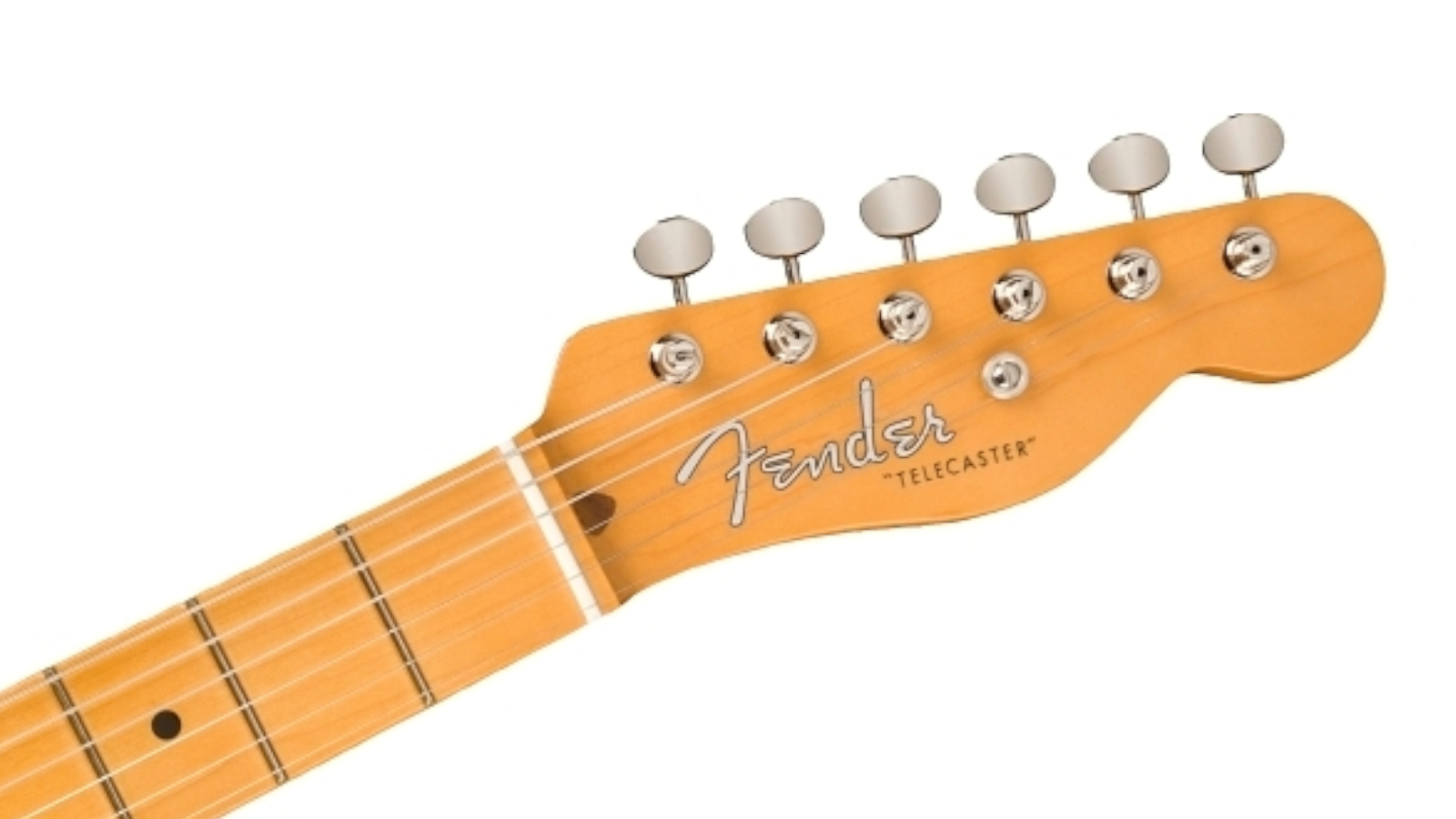
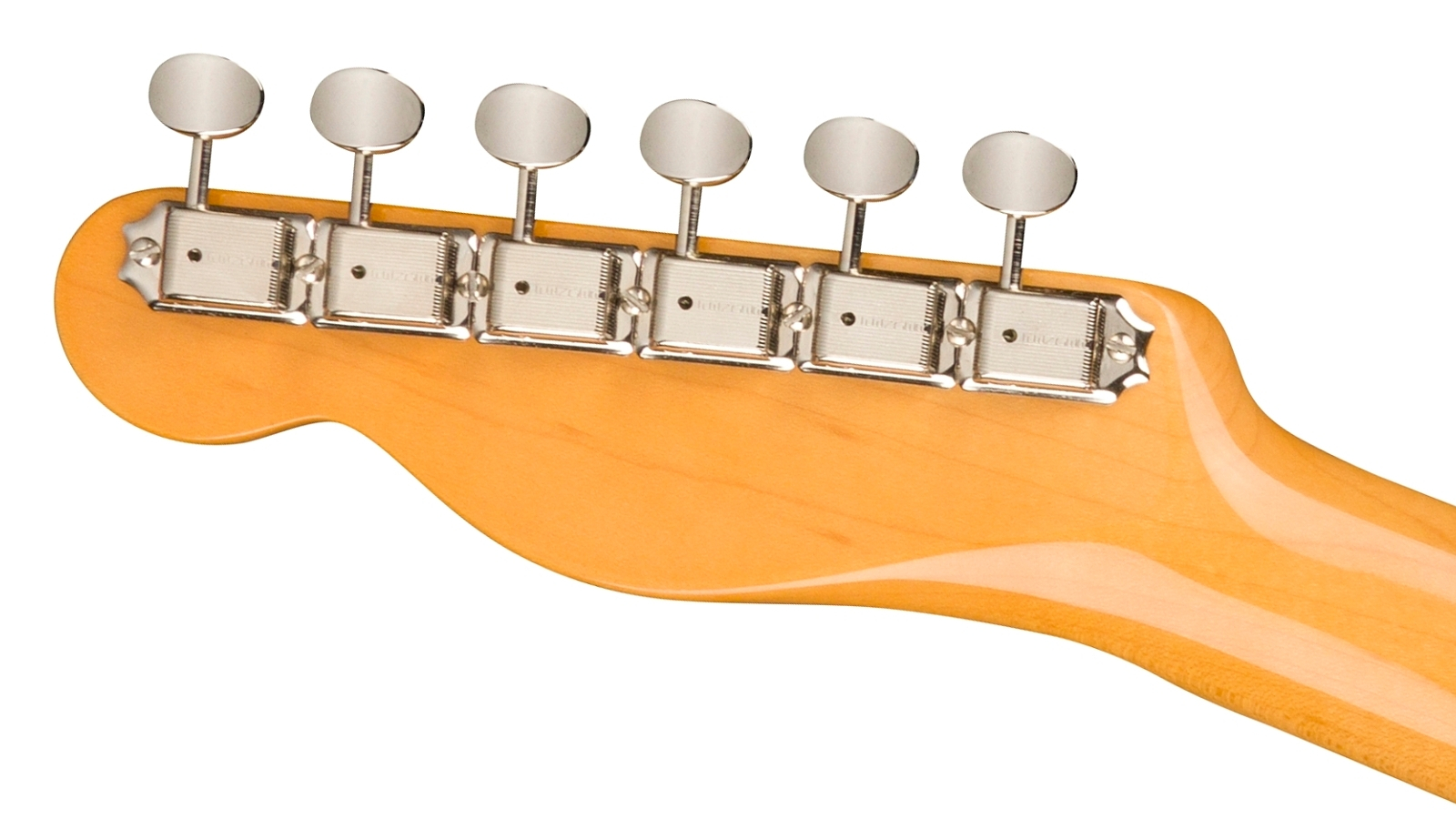
The AVII '51 Tele has already caused a bit of a stir in the guitar world.
People are beginning to ask why Fender is taking on its own Custom Shop!
Priced $2,249.99, the Californian-made American Vintage II 1951 Telecaster offers a truly authentic take on the electric guitar that started it all.
Like the original Blackguard Teles of the early ‘50s, the 1951 Telecaster is constructed with an ash body and is finished in Butterscotch Blonde using nitrocellulose.
Early Telecasters often featured chunky neck profiles and the American Vintage II 1951 Telecaster has been endowed with a girthy ‘U’-shaped hard rock maple neck. A 7.25-inch radius fingerboard and "vintage tall" frets add to that perennially popular ‘50s Fender feel.
Along with a triple brass saddle bridge, single-line Deluxe tuners, and Pure Vintage ’51 Telecaster pickups this new model fully embraces the timeless design that not only made Teles a hit but helped popularize electric guitars on a worldwide scale.
You can order the Fender American Vintage II 1951 Telecaster from Fender directly here.
Rod Brakes is a music journalist with an expertise in guitars. Having spent many years at the coalface as a guitar dealer and tech, Rod's more recent work as a writer covering artists, industry pros and gear includes contributions for leading publications and websites such as Guitarist, Total Guitar, Guitar World, Guitar Player and MusicRadar in addition to specialist music books, blogs and social media. He is also a lifelong musician.


